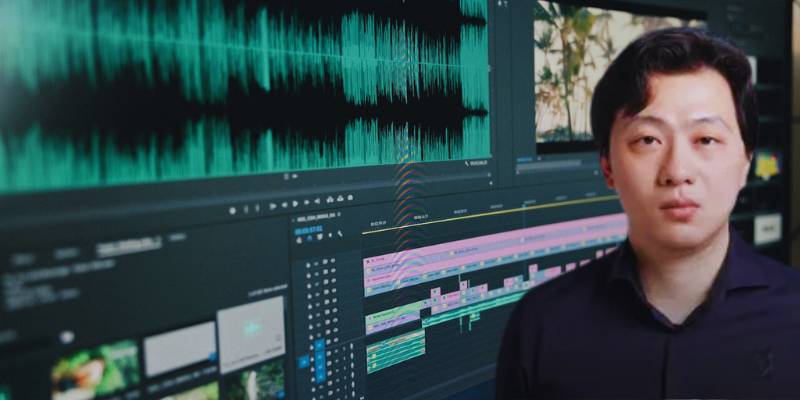Every once in a while, a funding announcement feels less like a financial update and more like a plot twist in the story of technology itself.
That’s what it felt like this week when Video Rebirth revealed it had secured a massive $50 million round to build a professional-grade AI video generation platform.
The Singapore-based startup isn’t just tinkering with AI filters or animation tools; it’s aiming to create a system capable of producing cinematic-quality videos from simple prompts – think of it as a digital studio that runs on algorithms instead of caffeine and camera crews.
Ambitious? Absolutely. But judging by how quickly investors pounced, the market seems ready for it.
And let’s be honest, the timing couldn’t be sharper. In the same week, OpenAI’s Sora video generator landed on Android, opening the floodgates for everyday users to create short films with nothing more than a few lines of text.
The barrier between idea and visual reality is evaporating faster than morning fog, and that’s both exhilarating and a little unnerving.
Video Rebirth’s founders say their technology will cater to professionals – filmmakers, advertisers, and production houses looking to speed up concept testing and reduce costs – but if history’s taught us anything, what starts as “pro tools” usually trickles down to the public.
Remember when photo editing was a niche skill before smartphones turned everyone into a “visual storyteller”? Yeah, that.
Meanwhile, over in India, Pixazo’s new API suite is making similar moves, embedding AI-video generation capabilities directly into software products.
That means developers can soon integrate text-to-video features into apps just like they’d plug in payment gateways or chatbots.
It’s the kind of behind-the-scenes shift that sneaks up on you – until suddenly, every platform you use can generate video.
Even YouTube is inching toward that frontier. The company announced a regional rollout of Veo 3, an AI video generation model for Shorts creators, starting in the MENA region.
It’s an early sign that AI-video integration is coming to mainstream social media faster than expected.
Imagine scrolling your feed and realizing half the “content creators” you follow might soon be AI-assisted – or fully synthetic.
But here’s the twist: with all this progress, the questions are growing louder. Who owns the rights to an AI-generated film?
What happens when a brand uses a synthetic actor that looks suspiciously like someone real?
And how will audiences feel when they find out their favorite ad, influencer, or music video was made entirely by machine?
It’s thrilling and a little eerie – like watching the future play out through a lens you can’t quite trust.
From my own point of view, though, I think this moment feels bigger than the headlines suggest. It’s not just about automating production – it’s about redefining creativity.
We’re watching AI take on one of humanity’s most sacred crafts: storytelling through motion.
Whether that leads to democratization or homogenization depends on how responsibly these tools are used.
For now, one thing’s clear: with players like Video Rebirth stepping into the limelight, the film industry isn’t facing a disruption – it’s facing a rebirth.

